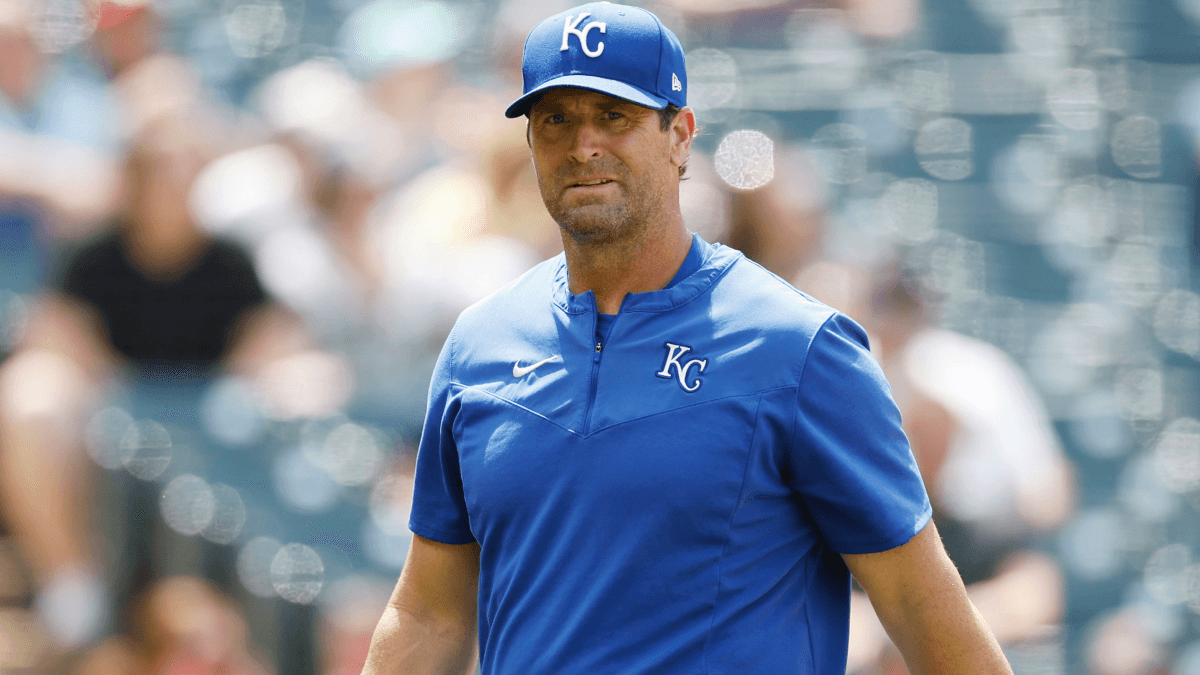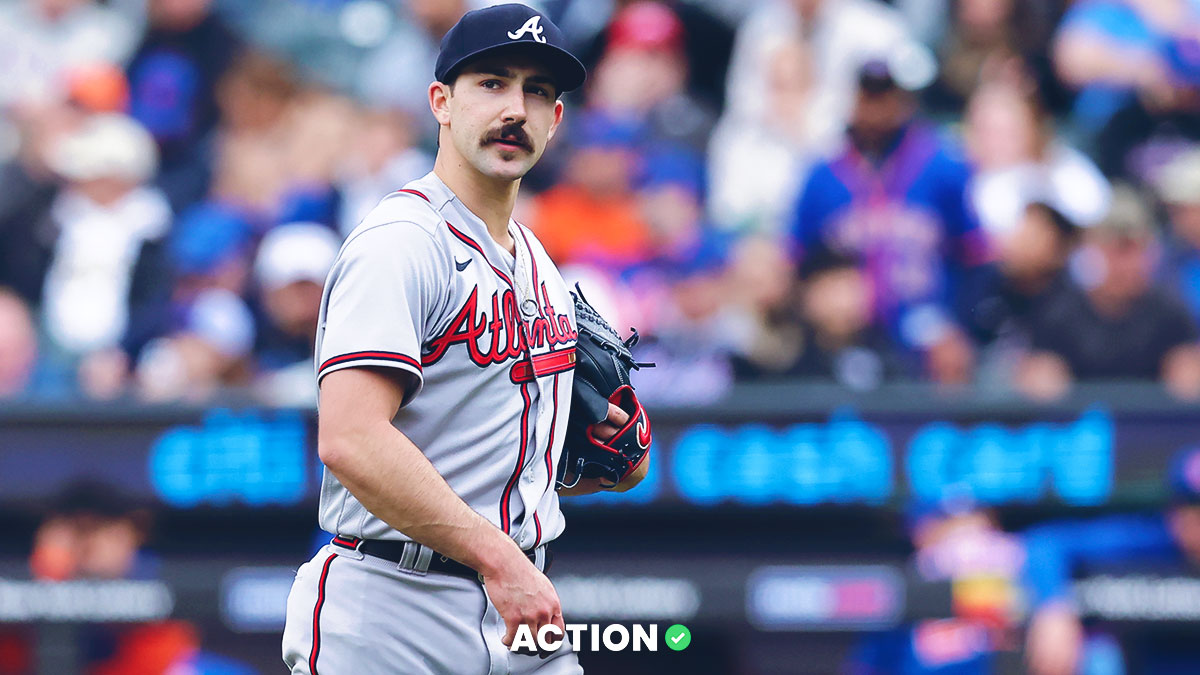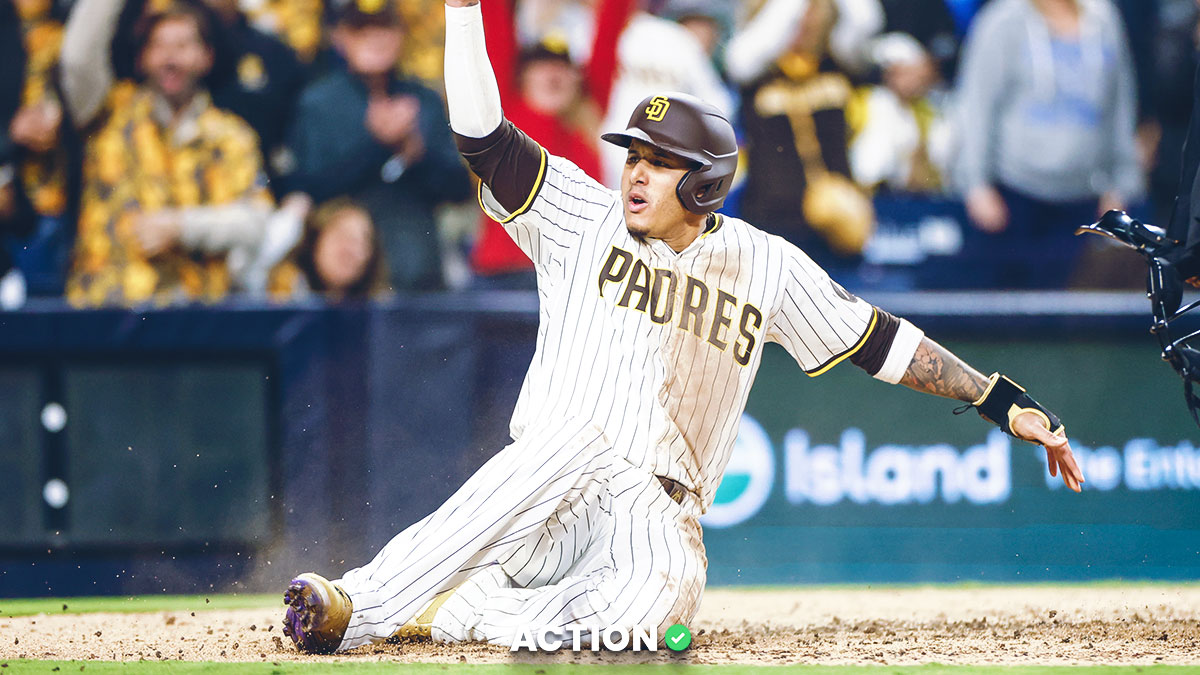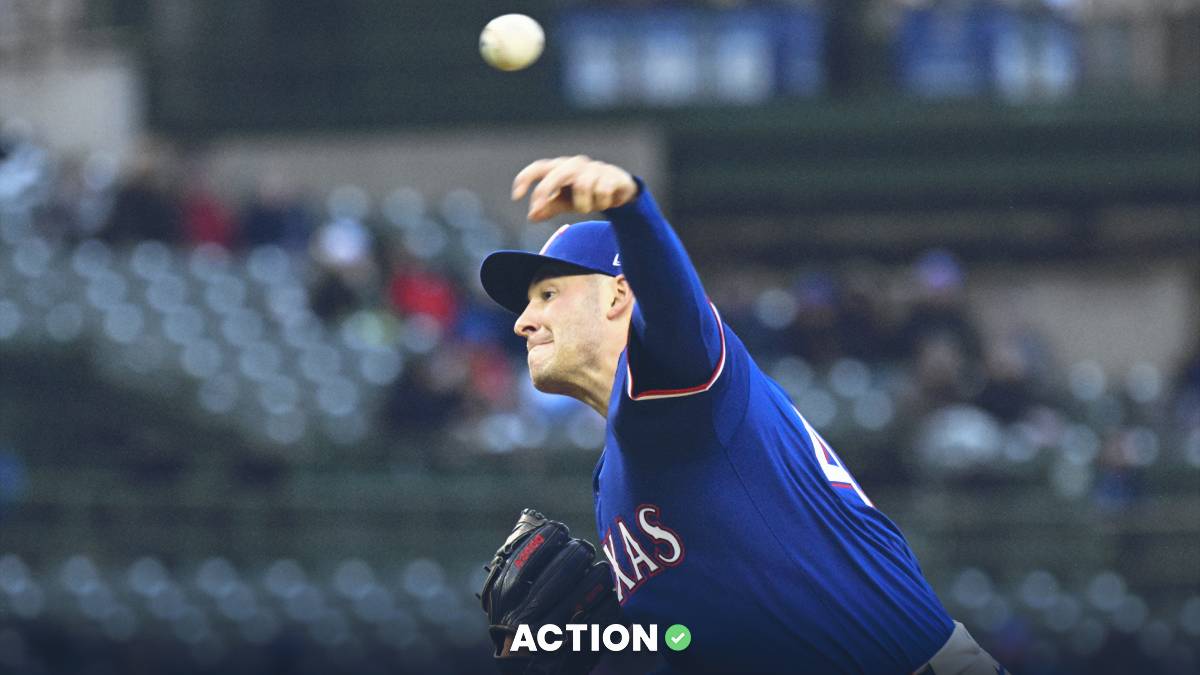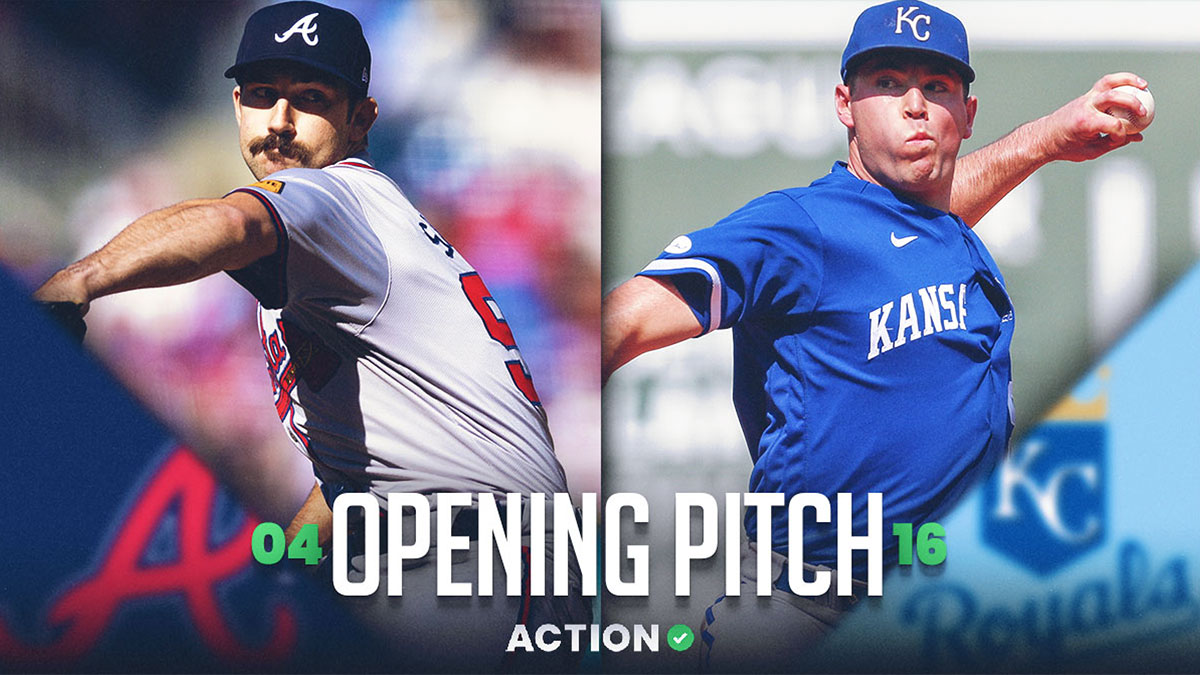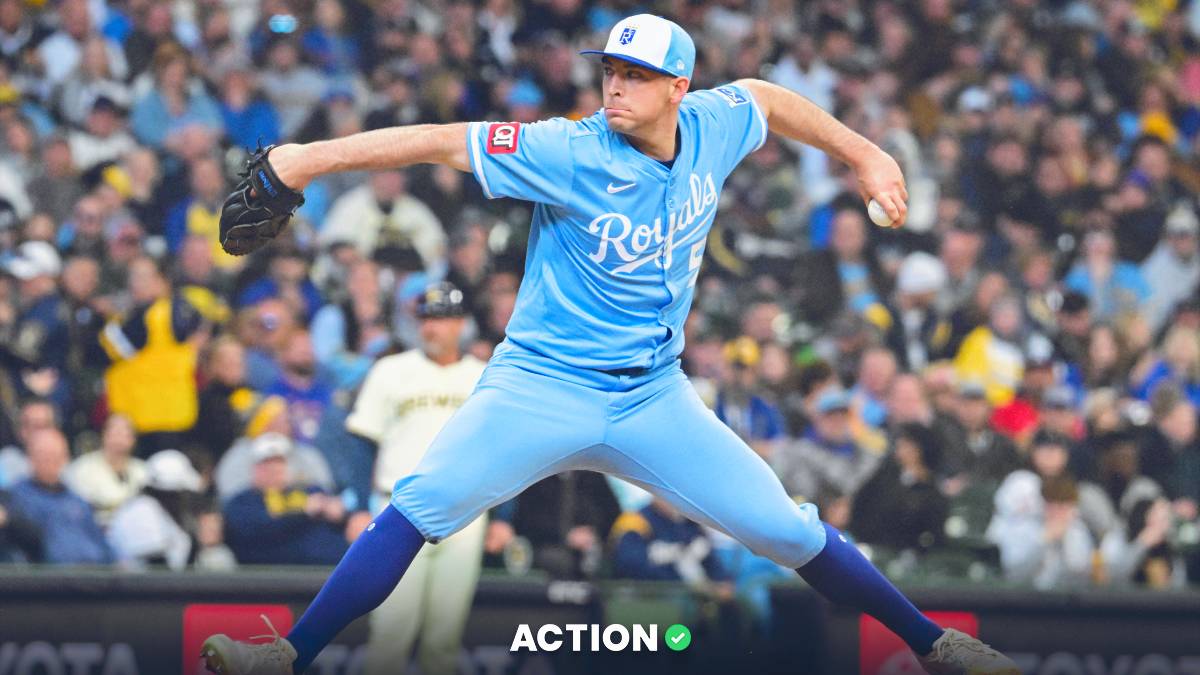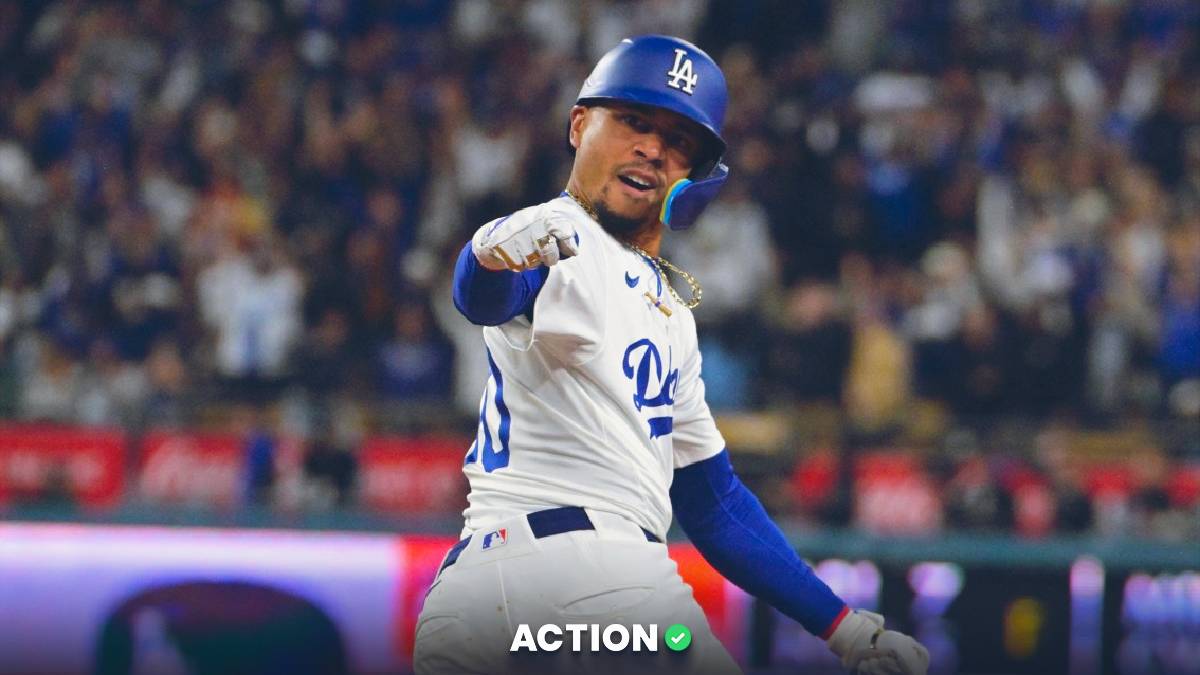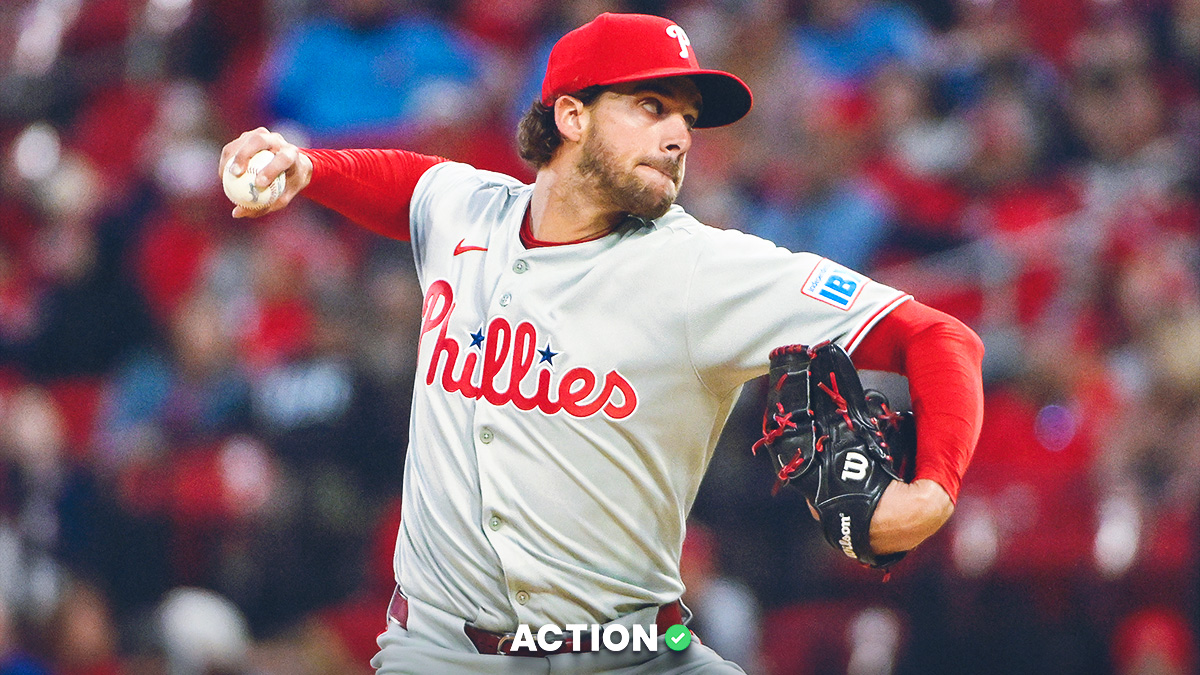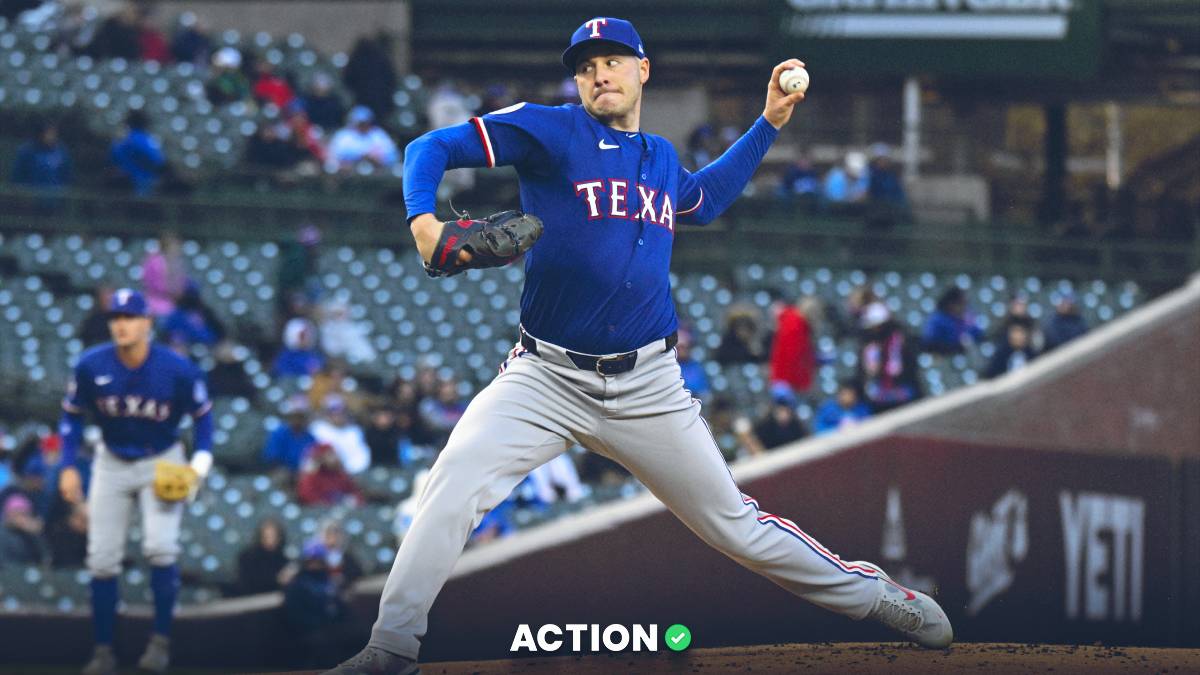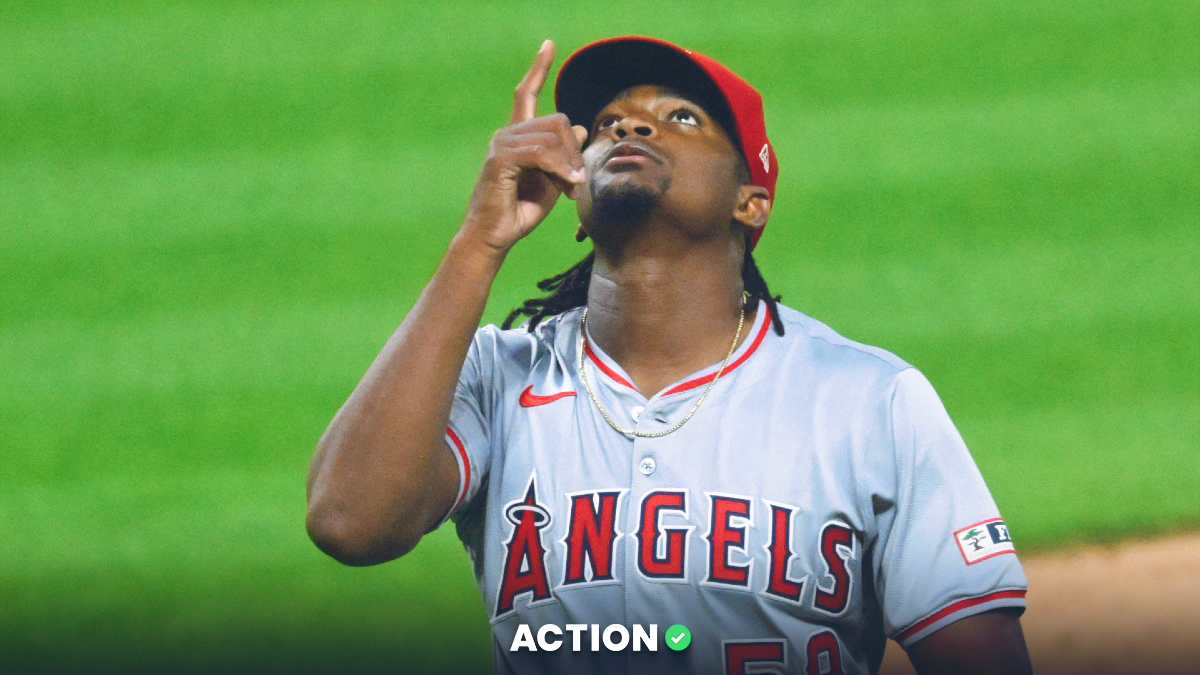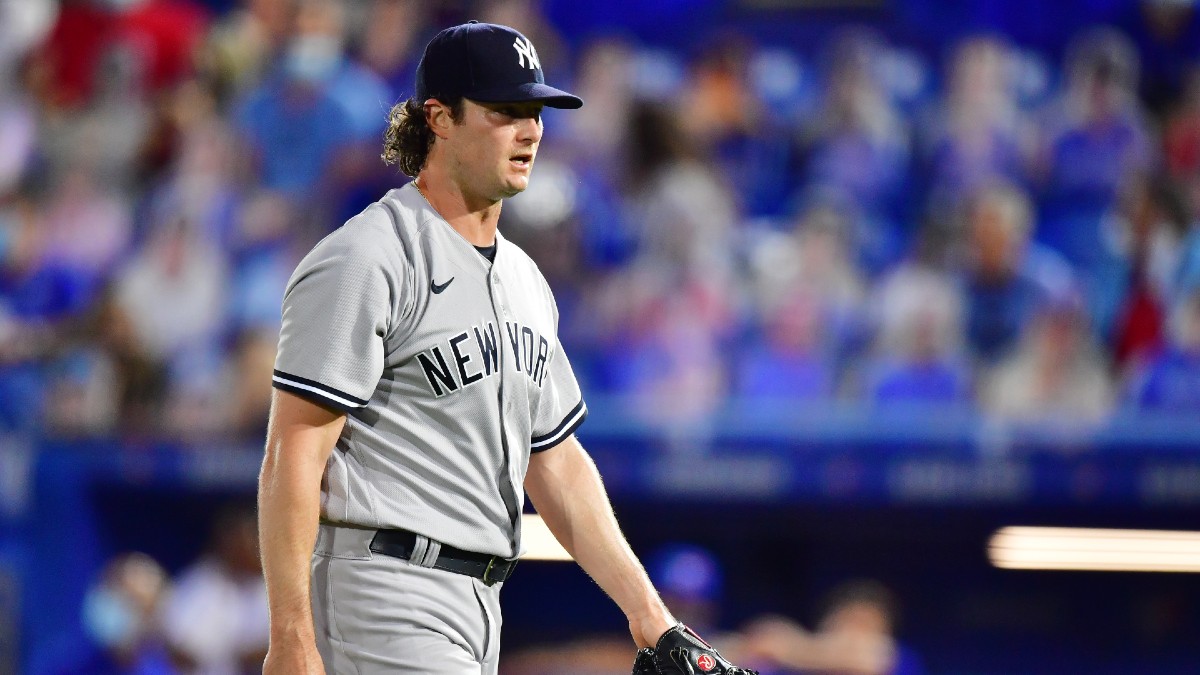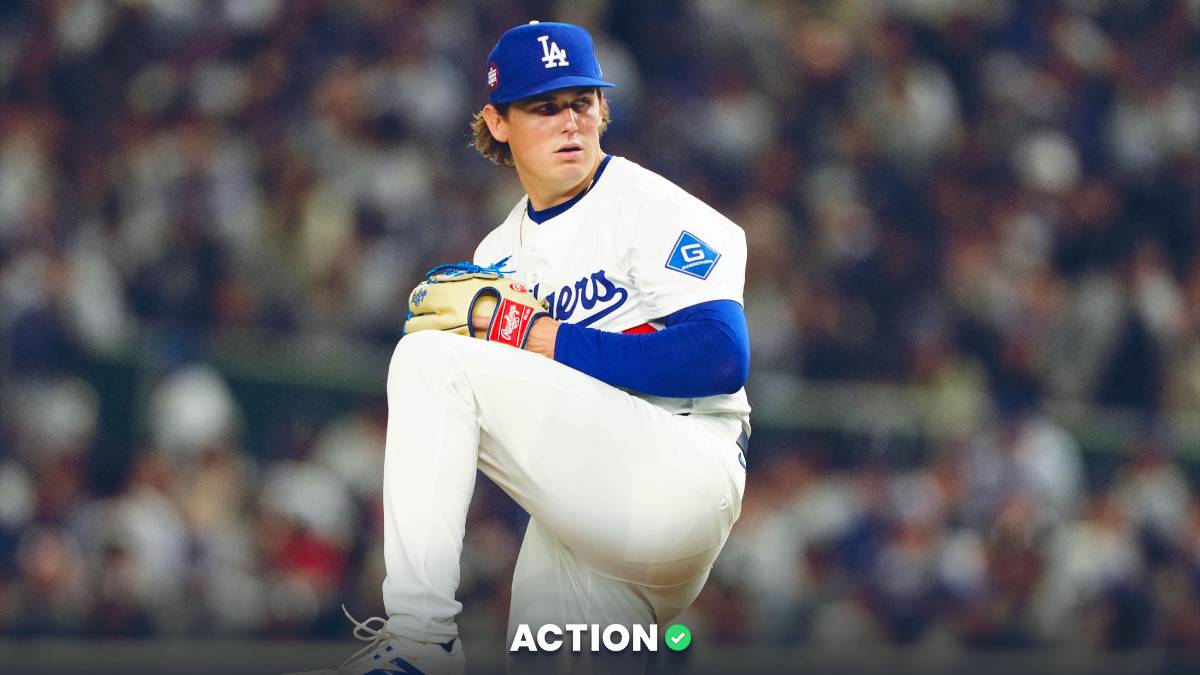Betting favorites finished 13-3 in Major League Baseball on Tuesday night, making a bad start to the season for underdogs even worse.
Through June 14, teams that close as the underdog are trending toward the worst betting season since at least 2005.
And it's not particularly close.
In the 2022 season, underdogs are winning just 39 percent of the time (362-556). The return on investment (ROI) when betting underdogs in baseball this year is negative-9.4 percent. Someone betting $100 on every underdog this season would be down $8,680.
How bad is that? According to Action Labs data, which goes back to 2005, the only other season where underdogs won fewer than 40 percent of games was the 2020 shortened season. Dogs returned a negative-4.4 percent ROI that season.
Other than that, the worst season underdogs have had since 2005 was in 2015 when they won 42 percent of games for a negative-3.8 percent ROI. Underdogs were negative-3.7 percent ROI in 2019, winning just 40 percent of the time. In 2014, underdogs won 43 percent of games for a negative-3.1 percent ROI.
It's been a great start for betting favorites, which have only been profitable once since 2005, which was the COVID-shortened season in 2020.
This year, favorites are returning a small 0.4 percent ROI. A $100 bettor would be up $395 on the season.
The best team as an underdog so far this year is the San Diego Padres with a 13-9 record. A $100 bettor would be up $608 on them this year.
The Kansas City Royals have been the most costly, losing $100 bettors over $1,700 on the year, a negative-33.7 percent ROI.
What does all of this mean for bettors moving forward? We turn to our MLB expert, Sean Zerillo.
Sean Zerillo's Analysis
Bettors can blame almost half of the dog deficit (-$8,860) upon three of the worst teams in the league — Kansas City, Oakland, and Washington — who are a combined 49-108 (31.2%) as underdogs, leading a consistent $100 bettor to a -$3,949 margin (45% of the lost profits) over the first 10 weeks of the season.
And while the talent gap has indeed widened between the haves and the have-nots in all sports — not just in Major League Baseball — if you believe in market efficiency, then this historically bad start is still a substantial outlier relative to expectations.
The worst thing you could do is overreact and stop betting underdogs altogether or start hammering the favorites consistently. Books have begun juicing favorites to a far more significant degree in recent weeks, overcompensating for the droves of public action on the best teams like the Mets (32-14) and Yankees (42-15), who have dominated as favorites (+$1,459 for a consistent $100 bettor).
While 928 games into a season might seem like a significant sample, we're only 38% of the way through the regular season calendar. In fact, over a similar sample (895 games) during the pandemic-shortened 2020 season, favorites also turned a profit (+$395); the only "full" season in our database that either favorites or underdogs netted a positive return.
If we get to the 2,000-game mark and favorites have continued to crush at a historic rate, I would have to consider severe adjustments for the stretch run – as most underdogs will be out of the playoff race by that point. And I would need to consider altering my approach for next season too.
However, there's no evidence to suggest that this run by favorites is anything beyond randomness and extreme variance. There's enough sharp money shaping the MLB betting market on any given day to dictate what these true odds/probabilities should be.
And if books will over-juice favorites after this early run, I'll stay patient, align myself with those books and wait for the dogs to have their days.


